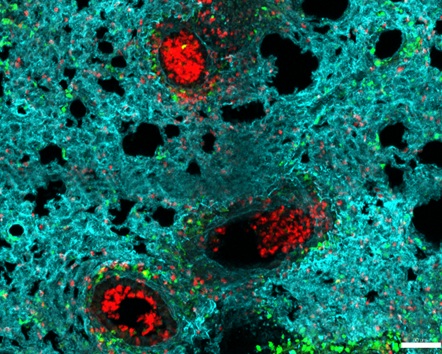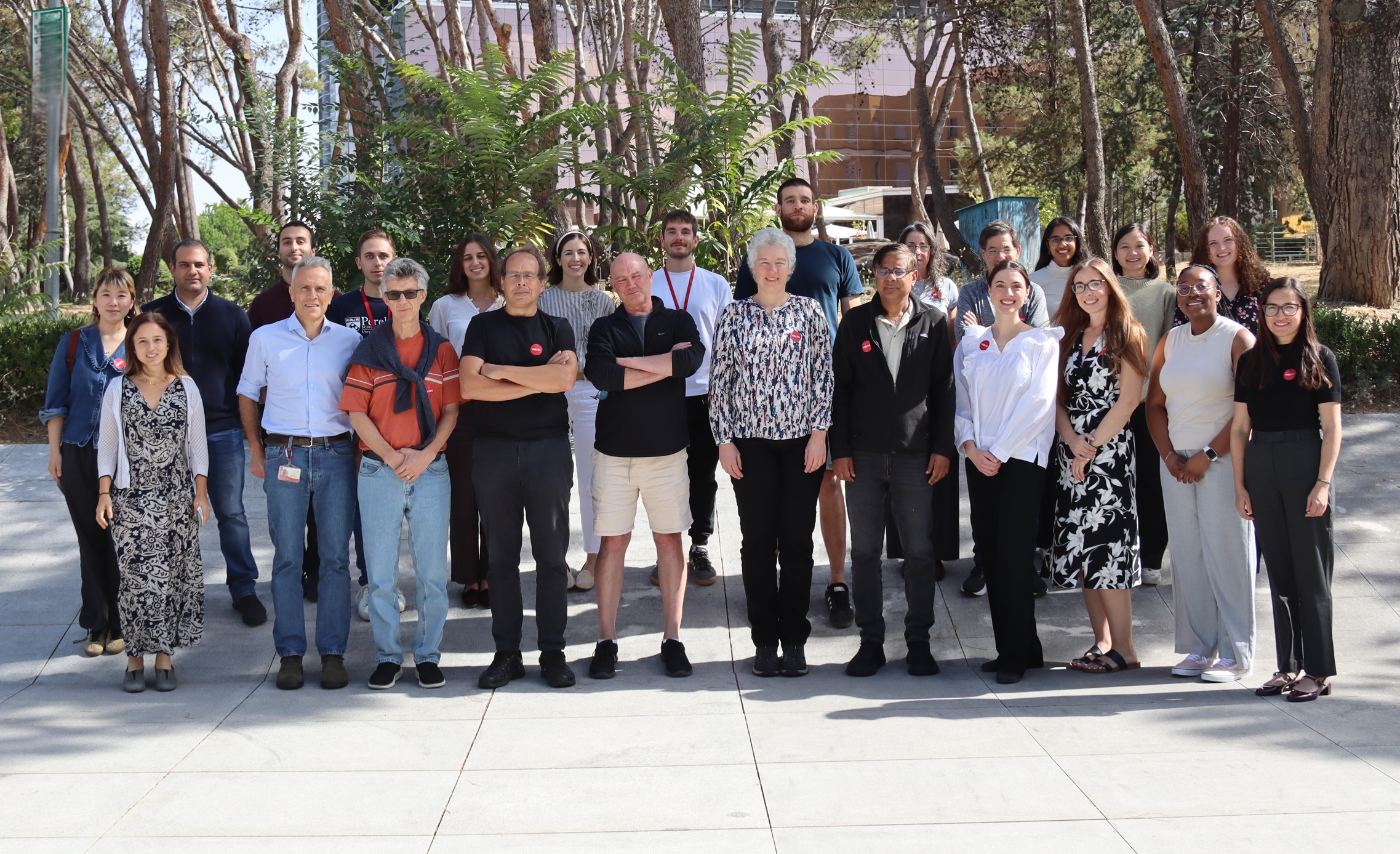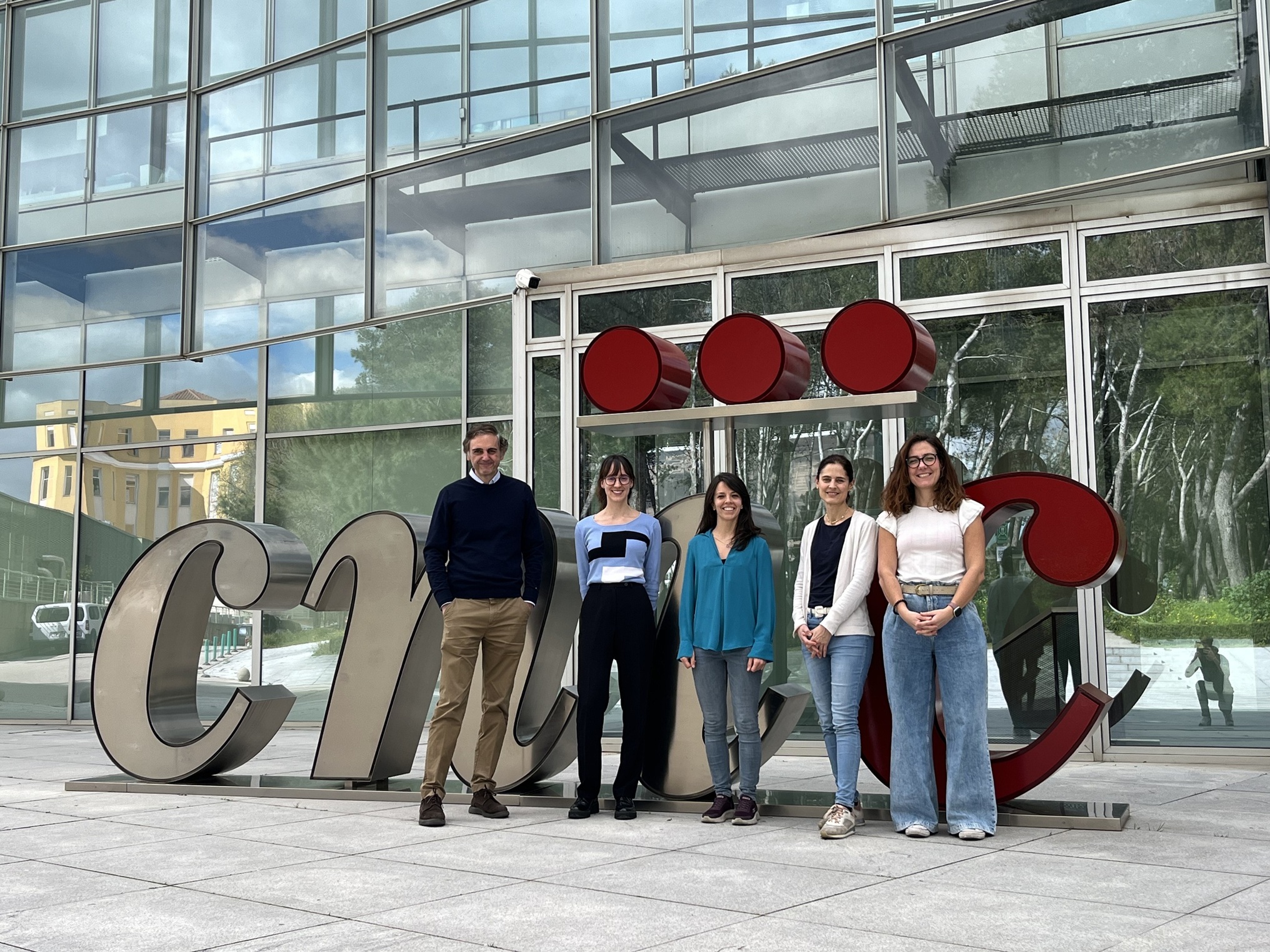News search
|
Research 2 Dec 2025 An international team has published NeuMap, the first atlas to reveal the global architecture of neutrophils, showing how this “first line of defense” reorganizes to protect, remember, and heal. |
|
About the CNIC 20 Nov 2025 In this latest round, the la Caixa Foundation Health Research Call has selected 34 new cutting-edge biomedical research projects |
|
About the CNIC 30 Oct 2025 |
|
About the CNIC 23 Oct 2025 |
|
About the CNIC 20 Oct 2025 The Spanish National Center for Cardiovascular Research (CNIC) hosted in Madrid the third General Assembly of JACARDI from October 14 to 16 |
|
Research 4 Sep 2025 ESC calls for a cultural shift to deal with the adverse combination of mental health conditions and cardiovascular disease |
|
Research 14 May 2025 Dr. Mariell Jessup is Chief Science and Medical Officer of the American Heart Association |
|
Research 2 Apr 2025 Scientists at the CNIC and the University of Bern have found that heart surgery in male mice early in life creates a "memory" passed down to the next generation. Published in Circulation, the study suggests that a parental history of heart surgery should be considered when evaluating cardiovascular health in descendants. |
|
Research 11 Mar 2025 Isabel Gonçalves is a professor and senior consultant at the University of Lun (Sweden). Her research focuses on cardiovascular disease and diabetes. She is the principal investigator in EXODIAB (Excellence in Diabetes Research in Sweden), leads a team at Cardiovascular Research - Translational Studies, and is a researcher in EpiHealth, a project focused on epidemiology for health. |
- 1 of 6
- next ›
















